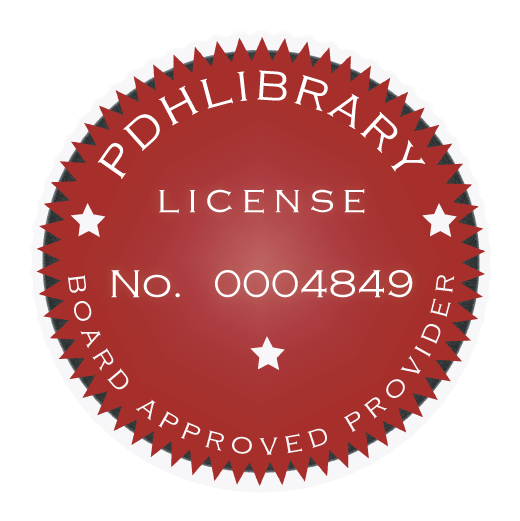Course Description
This courses discusses the geometric design criteria for roads and streets. It sets forth the approaches and traffic flow criteria for guidance in determining types and configurations best suited for construction.
Course Outline
1. GENERAL
2. DESIGN CONSIDERATIONS
3. GEOMETRIC DESIGN FOR ROADS AND STREETS
Learning Objectives
Upon completion of this course you will:
• Learn about traffic volume and composition effects on street and road geometrics;
• Learn how roads and streets are classified for geometric design purposes;
• Learn about design controls that result from topographic and land use considerations;
• Learn how traffic volumes are expressed in units of ADT and DHV;
• Find out how vehicle speed influences road and speed geometric design;
• Learn the fundamentals of roadway capacity design;
• Learn about pavement cross slop design;
• Find out about standard curb configurations and where they are used; and
• Learn about design of shoulders for roadways.
Intended Audience
This course is intended for civil engineers and other professional engineers and construction managers wanting an introduction to geometric design of streets and roads.
Benefit for Attendee
This course will give professional engineers and others an introduction to the geometric considerations in roadway design.
Course Introduction
This is an introduction to the characteristics and constraints that drive geometric design of streets and roads.
Course Summary
After completion of this course you will be prepared to address the geometric considerations for streets and roadway design projects.

